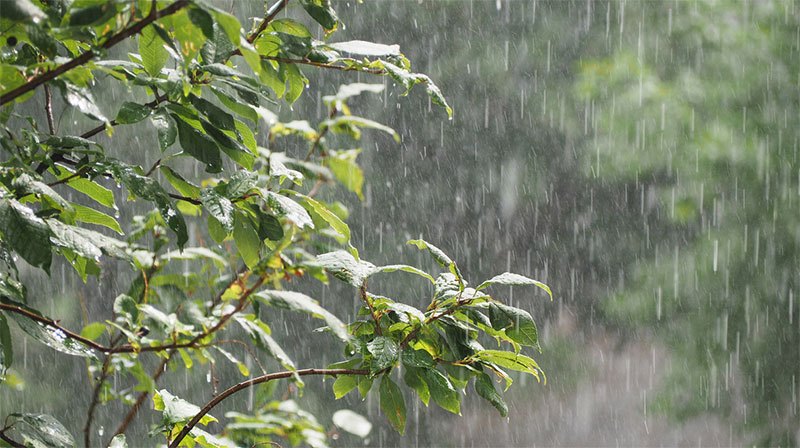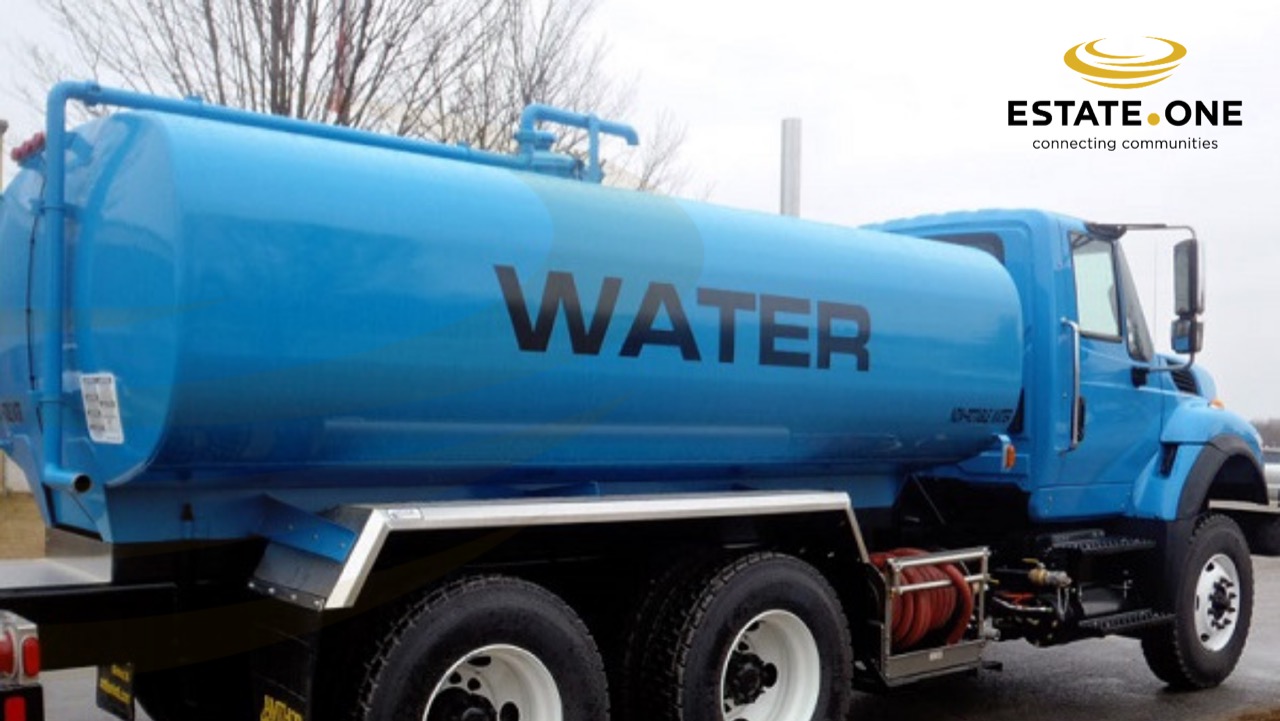
Why are we wasting rainwater?
With climate change and global warming, rains have become more sporadic and we in India are fortunate to have a reasonable quantity of rains. “When it rains it pours” is not just a good old adage but also reflects current monsoons in India. For the most populous democracy to survive and sustain we have to find a way to use every drop of rainwater very effectively.
It matters, even more, to use and cherish every droplet in the urban setup as urbanization is happening very rapidly. For example, the population of Bengaluru grew around 50% every decade. Bangalore Water Supply and Sewage Board (BWSSB) supplies 90 crore liters per day for the population of approximately 1.3 crores; ie., around 70 liters per person per day against the standard of 130 liters per person per day. More alarmingly, the water infrastructure is installed or improved at the fraction of population growth. Several articles predicted that Bengaluru will be one of the first cities (and other Indian cities to be followed) to be affected by the water crisis in the future.
With the rise in prices and grown greed, most of the urban area is concretized and topsoil is damaged beyond imagination. What was the original formation of “nalas” that was modified and the natural flow of water is obstructed? For these and more reasons, a small amount of rainwater is flooded to streets and causing traffic jams. More importantly, this water is getting mixed with sewage and causing a bigger ecological problem of the formation of chemical lakes. What is considered a precious resource is becoming a liability for urban life? If we don’t address this, future generations will suffer more.


